
In the ever-changing world of business, how can non-exclusive licensing offer crucial flexibility and extend your brand’s reach? This article takes you on an exploration of non-exclusive licensing, revealing its potential to boost your business strategy and promote innovation within your company.
Definition of Non-Exclusive Licenses
Non-exclusive licenses are contractual arrangements in which the licensor authorizes several licensees to use the same intellectual property. This form of licensing is characterized by its flexibility, offering licensees the freedom to use, modify or distribute the underlying product or service according to their specific needs.
Unlike exclusive licenses, which restrict use to a single licensee, non-exclusive licenses enable wider distribution and increased accessibility, making this approach particularly attractive in industries with strong competition or rapid innovation.
In the field of creative software, Adobe offers non-exclusive licenses for its creative software such as Photoshop, Illustrator and After Effects, making these design and editing tools accessible to a wide range of creatives and professionals.
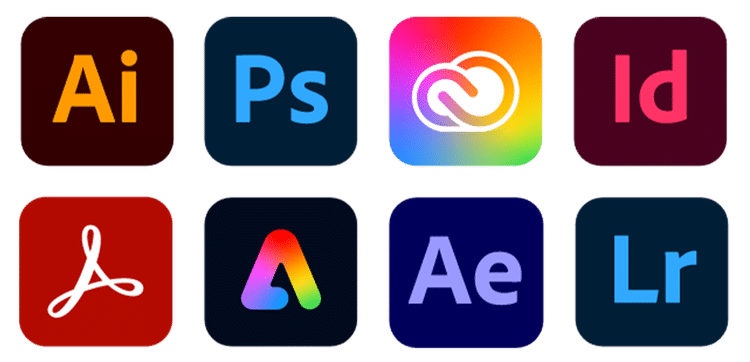
Importance of non-exclusive licenses in trade
Non-exclusive licenses are crucial for companies seeking to extend their market reach and reach a wider audience without the constraints of exclusive agreements.
In streaming, Netflix uses non-exclusive licenses for its films and series, sharing content with other platforms while reaching a wide audience.
These licenses encourage diversification and innovation, enabling companies to respond rapidly to changing market demands and explore new business opportunities.
They are particularly beneficial in sectors where speed of adaptation and the ability to reach different market segments are essential to remain competitive.
Advantages of Non-Exclusive Licenses
Non-exclusive licenses are advantageous for companies seeking to extend their
influence while retaining strategic flexibility They make it possible to reach new markets and audiences, while offering adaptability to industry changes.
1-Extending Brand Reach
Non-exclusive licenses are a strategic tool for extending brand reach, enabling simultaneous access to multiple markets and customer segments This multi- channel approach increases brand visibility, fosters customer recognition and loyalty. These licenses also offer greater flexibility in adapting products and services to the specific needs and preferences of various target groups.
Microsoft has extended its market presence by offering non-exclusive licenses for its Microsoft Office suite. This has enabled various companies and educational establishments to use and customize these tools to their specific needs, reinforcing Microsoft’s position as a leader in office automation solutions.
In the cosmetics industry, L’Oréal uses non-exclusive licenses to distribute its products through various retailers. This enables L’Oréal to reach a wide range of customers, from mass retailers to specialized boutiques, increasing the reach of its innovative brands and products.
2-Flexibility and Adaptability
The flexibility of non-exclusive licenses lies in their ability to adapt quickly to market trends and consumer demands Companies can collaborate with different partners to explore new applications for their products, respond to market developments, and innovate without being limited by an exclusive commitment.
Google offers non-exclusive licenses for its Android operating system, enabling a multitude of smartphone manufacturers to use and customize it. This has enabled Android to become the world’s most widely used mobile operating system, thanks to its presence on a variety of devices and price ranges.
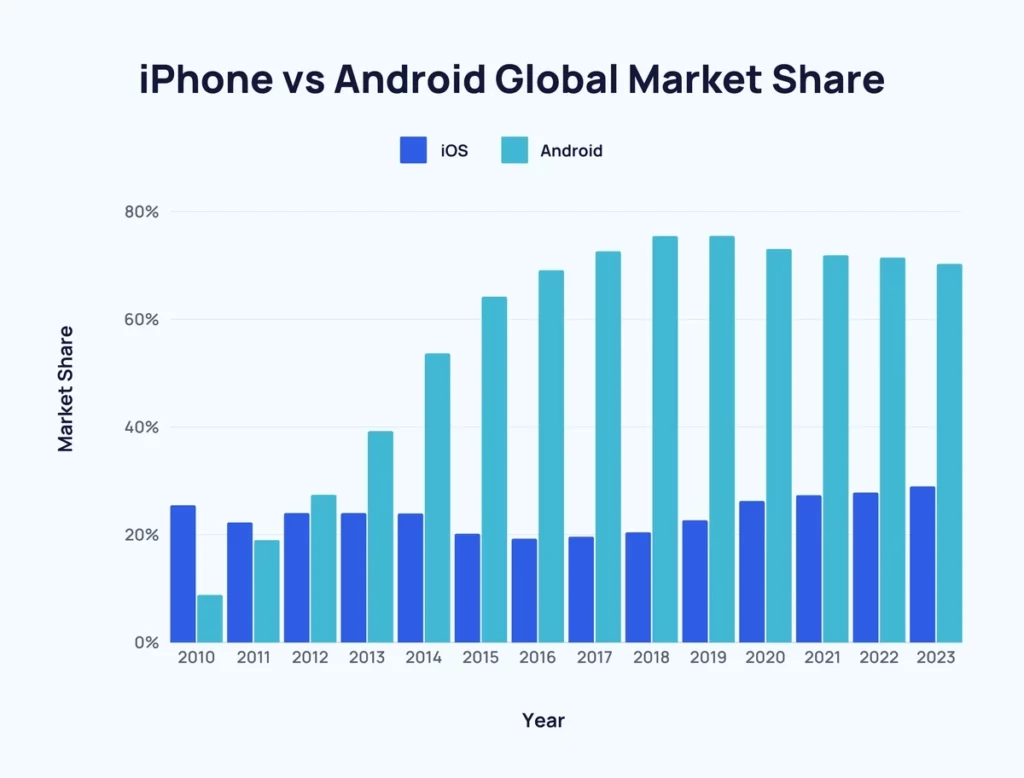
In the consumer goods sector, Unilever applies non-exclusive licenses to its innovations in personal care and hygiene products. This enables the company to work with different partners to adapt its products to local markets, responding to cultural and regional preferences.
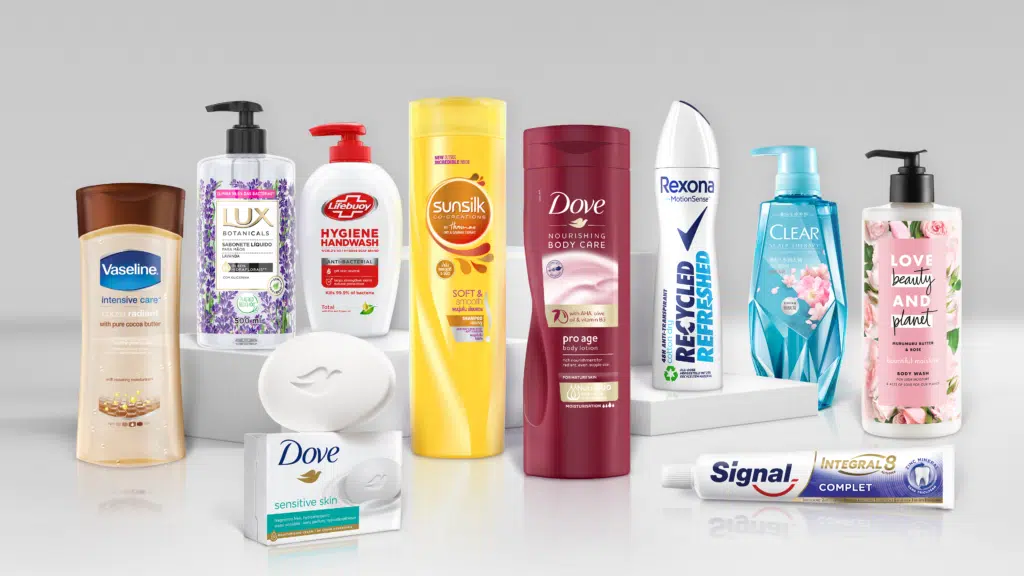
3-Revenue diversification
Non-exclusive licenses enable companies to diversify their revenue streams by accessing multiple distribution channels and partnerships This reduces dependence on a single market or partner, stabilizing revenues and reducing financial risks.
In the pharmaceutical industry, Roche applies non-exclusive licenses for some of its diagnostics and treatments. This enables wide distribution of its medical innovations through different distribution channels, increasing revenues while contributing to access to healthcare.
Spotify, a world leader in music streaming, uses non-exclusive licenses to distribute a wide range of music and podcasts. This enables Spotify to collaborate with numerous labels and artists, offering a diversity of content to its users. At the same time, this strategy increases revenue streams for Spotify, as it attracts a diverse audience, with everyone finding their favorite genre of music or podcast on the platform.
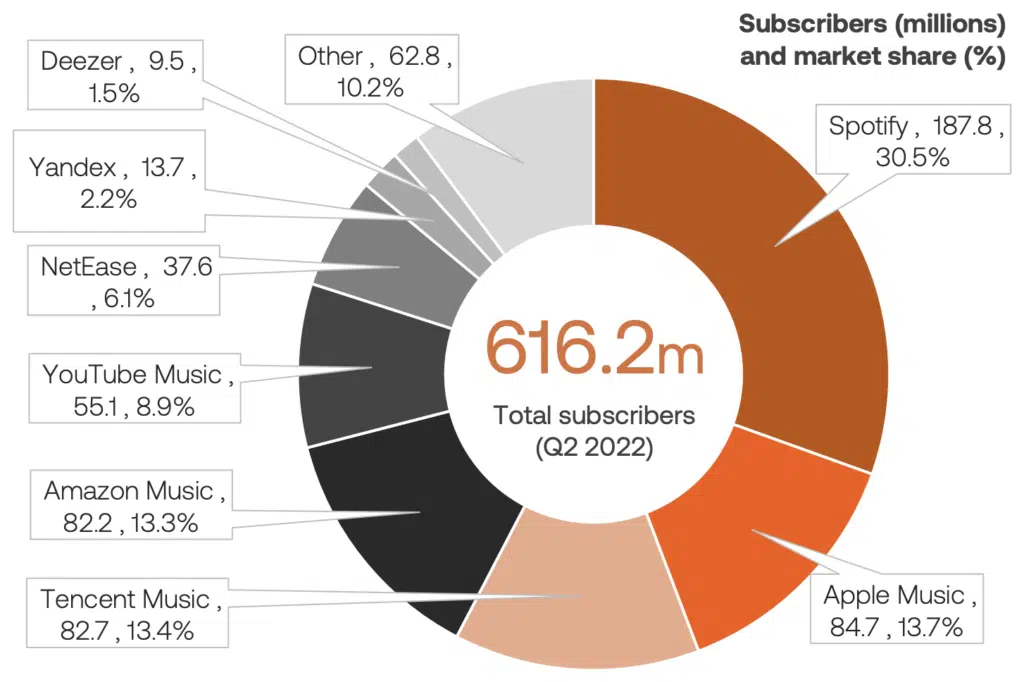
Effective strategies for non-exclusive licensing
Non-exclusive licenses, while flexible and accessible, require a well thought-out strategy to be fully optimized.
This section looks at different approaches to maximizing the effectiveness of non- exclusive licenses, from the judicious selection of partners and products, to the skilful negotiation of contract terms, and rigorous monitoring and evaluation of performance.
Each of these steps plays a key role in creating a successful and beneficial licensing partnership.
Partner and product selection
Choosing the right partner and product for a non-exclusive license is a strategic decision. It is imperative to select partners whose objectives and values are aligned with those of your company.
The reputation, reliability and market potential of the partner and the product must be carefully assessed to ensure a successful collaboration.
This choice determines not only the immediate success of the partnership, but also its long-term impact on the brand and the market.
Negotiation of License Terms
Negotiating the terms of a non-exclusive license is a complex process that requires meticulous attention. It is vital to define precisely the duration of the license, the territories covered, the royalties, and the conditions of use.
An effective negotiation must balance the interests of all parties involved, ensuring that the terms of the contract are clear, fair and in line with each party’s strategic objectives.
Successful negotiation will lead to a mutually beneficial agreement, strengthening long-term collaboration.

Performance monitoring and evaluation
Regular monitoring and evaluation of the performance of non-exclusive licenses is essential to measure their success and impact on the market. This evaluation should include an analysis of sales, an assessment of brand visibility, and an overall assessment of market impact.
Based on this data, it is possible to adjust and refine the strategy to maximize the benefits of non-exclusive licenses.
Effective monitoring and in-depth evaluation enable us to identify opportunities for improvement and react quickly to market changes.
Managing Non-Exclusive Licensing Challenges
Non-exclusive licenses, while flexible and advantageous, present specific challenges. Proper management of these challenges is essential to maximize their effectiveness and preserve brand integrity.
Maintain brand consistency
Preserving brand integrity and consistency is vital in non-exclusive licensing agreements. This involves establishing clear and consistent guidelines for brand use, and ensuring that all partners adhere to these standards. Companies must engage in regular monitoring and open communication with their partners to ensure that licensed products or services accurately reflect the brand’s values and image.
Managing Competition and Conflicts of Interest
Facing up to competition between licensees and managing conflicts of interest requires a strategic and thoughtful approach. It is crucial to establish agreements that clearly delimit the terms of use, while allowing for a degree of flexibility.
For example, in the music streaming industry, a company like Spotify manages music catalogs from multiple record companies, requiring skilful management to avoid conflicts between different rights holders.
In the technology field, IBM often collaborates with several partners on software development projects, requiring specific strategies to maintain a balance between collaboration and competition.

Case studies: Success with non-exclusive licenses
The adoption of non-exclusive licenses represents an ingenious strategy that has propelled the success of many companies across different sectors. These agreements offer unrivalled flexibility and scope, facilitating innovation and growth.
To better understand the impact of these licenses, let’s take a closer look at a few specific case studies. These examples illustrate not only how companies have used non-exclusive licensing to grow, but also how they have overcome the challenges inherent in this approach and reaped its many benefits.
Toys sector : Lego
Known for its famous building bricks, Lego has made brilliant use of non-exclusive licenses for its themed sets. By collaborating with popular franchises such as Star Wars and Harry Potter, Lego has been able to create play sets that appeal to a wider audience.
This strategy has not only broadened its customer base, but also enabled Lego to diversify into new market segments while maintaining a strong presence in the toy world.

Music industry: Universal Music Group
Universal Music Group, one of the world’s leading music companies, has used non- exclusive licensing to maximize the distribution of its music. By granting broadcast rights to various streaming and radio platforms, Universal has ensured a global presence for its artists, increasing revenues and strengthening the reach of its music brands.
This approach has enabled music to be distributed more widely, and has contributed to the discovery of new talent.
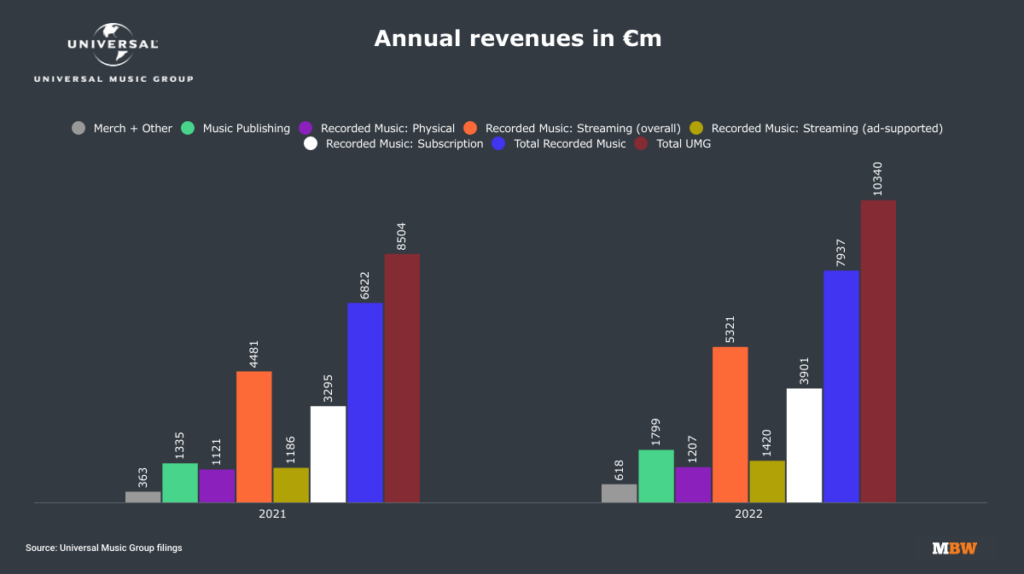
Mobile Applications Sector: Rovio Entertainment
Rovio Entertainment, the company behind the popular Angry Birds game, has adopted a non-exclusive licensing strategy to expand its brand.
By allowing different game developers and merchandisers to use the Angry Birds concept, Rovio has been able to explore new markets and attract new fans, increasing revenues and global visibility.
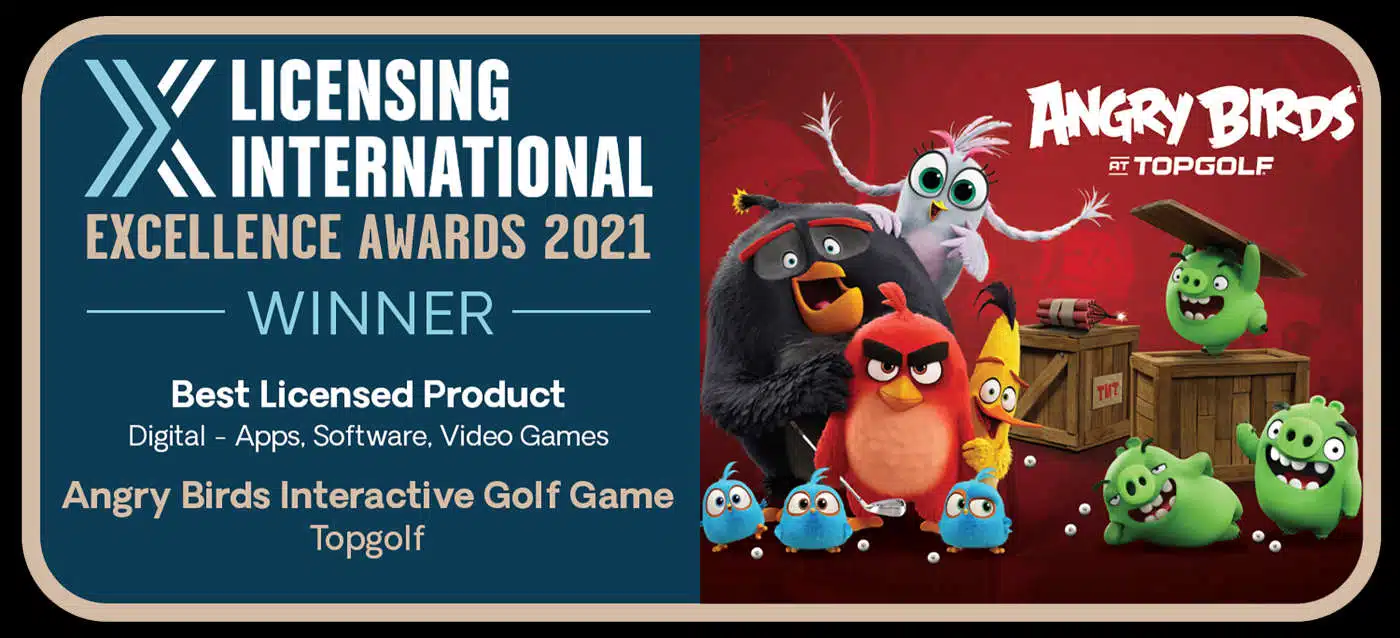




Lessons learned and best practices
Case studies from Lego, Universal Music Group and Rovio Entertainment highlight several valuable lessons and best practices in the use of non-exclusive licensing. These lessons are crucial for any company considering adopting this strategy to drive growth and innovation.
Understanding and Aligning with Brand Objectives:
The key to success lies in a company’s ability to align its licensing agreements with its overall strategic objectives. Lego, for example, chose franchises that complemented and reinforced its brand image in the world of play and creative construction.
Select partners with Discernment :
Choosing the right partners is essential. Universal Music Group has maximized its reach by partnering with diversified platforms, chosen for their ability to reach complementary audiences and add value to their music catalogs.
Innovate while preserving brand identity:
It’s important to maintain the essence of the brand while exploring new avenues. Rovio has kept control of its brand image while allowing developers to explore new uses for Angry Birds, ensuring consistency across different products and experiences.
Conclusion: Maximizing the potential of non-exclusive licenses
By exploring the world of non-exclusive licensing, we’ve discovered how this strategy offers unrivalled flexibility and an opportunity to extend a brand’s reach. Giants such as Lego, Universal Music Group and Rovio Entertainment have brilliantly demonstrated that judicious use of these licenses can lead to significant growth, revenue diversification and increased innovation.
These examples underline the importance of a strategic approach, where the selection of appropriate partners, alignment with brand objectives and proactive license management play a key role. By learning from these success stories, it becomes clear that non-exclusive licenses are not simply commercial agreements, but strategic levers that can transform a company’s approach to growth and innovation.
In conclusion, non-exclusive licenses represent a godsend for companies ready to explore new horizons. They offer a way to reach new markets, while remaining flexible in the face of industry changes. For companies wishing to maximize their potential in an ever-changing business environment, embracing the flexibility and scope of non-exclusive licensing can be a winning strategy. It is by adopting this open and proactive vision that companies can not only meet today’s challenges, but also shape the future of their industry.

Monte-Carlo Lifestyle is a brand that encapsulates all the collections in its portfolio, with the labels ‘Monaco’ and ‘Monte-Carlo, that is registered globally for an extensive line of consumer goods.
Subscribe for our monthly newsletter to stay updated.
which supplier and need to make the complete setup, can be added later ?



















